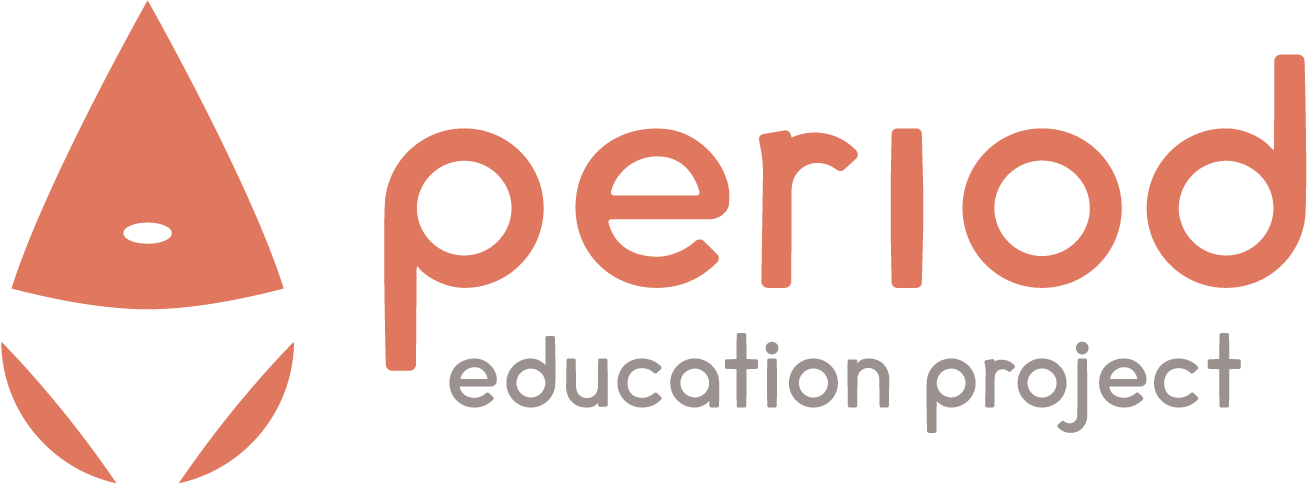Stigma and shame surrounding menstruation have led society to believe that periods are dirty and that conversations about menstrual health are taboo. This stigma perpetrates families, health care settings, and even school health education settings.
When young people are first introduced to puberty in school, they are often divided along the gender binary, creating secrecy surrounding conversations about menstruation. What most students are told in class is minimal: periods last 4-7 days, and the average cycle is roughly 28-35 Days–information that can often be inaccurate for teens and young menstruators.
Later, when teens learn about menstruation in health classes, it is often included with sex education, and information is largely limited and restricted to the relationship between periods and pregnancy. This inclusion does not guarantee comprehensive information. In 2014, a study by the Centers for Disease Control and Prevention indicated that the majority of American schools failed to cover all 16 essential sexual education topics CDC researchers recommend.
Even if sex education in the United States were comprehensive and reliable, menstrual health education deserves its own set of lessons. Menstrual health education is essential. Without it, many adolescents are left in the dark about the basic functions of their body. The lack of menstrual education in schools leaves teens dependent on families, and oftentimes there are perpetuated myths or cultural barriers to having conversations about menstruation at home.
For many adolescents, this can lead to endless unanswered questions.
Is their bleeding too heavy? Too irregular? More painful than it should be? What is the “right” color for period blood? Is their cycle too long? Are tampons safe? Are their premenstrual emotions “normal?”
These questions may seem simple, but the answers are essential. If young people are able to recognize symptoms that are not normal and seek medical attention, then healthcare providers are better equipped to identify potential medical problems, like endometriosis, polycystic ovarian syndrome (PCOS), and premenstrual dysphoric disorder (PMDD). Armed with knowledge about their menstruation, young people have the tools to communicate effectively without shame, increasing the opportunities for prevention or early intervention.
Menstrual Health Education is more than just knowing why and when people have periods. It normalizes periods and equips adolescents with the ability to be proactive and empowered about their health and bodies.

Recent Comments